The past actually happened but history is only what someone wrote down.
— A. Whitney Brown
As I’m tasked by the fine editorial cabal here at Your Favorite Periodical with trolling about in Princeton’s history, either a photographic mind or copious, simple-to-access research resources is pretty much a life-and-death issue. In practice, I’m dependent on the great research materials, strategically reinforced with a small mountain of sticky notes. It ain’t pretty, but it probably beats most presidential-campaign organizations. In any case, my sensitivity to accessible historic materials is extreme if not desperate. At Princetoniana Committee meetings, this makes me a normal person, which is probably why I hate to miss them.
Now, when fate repeatedly tells you something, it’s always good to listen and ponder, at the very least. In telling the story of the Billington brothers in September, I ended up reviewing not only Jim Billington ’50’s efforts as Librarian of Congress to gather and preserve various forms of historic recorded multimedia materials — movies, audio interviews, and so on — but also the library’s extensive leadership in standards of preserving data whose native formats are digital, whether in MS Word, C++, email, whatever — objects that never at any point have existed in the material world (unless you’re insistent on counting the spin of ions). Meanwhile, the richest part of brother David Billington ’50’s story came courtesy of a Princetoniana audio history interview of the professor by his former student Tom Swift ’76, which originated on a digital audio recorder and, because of its historic value, was then manually transcribed to the digital text form in which the University Archives have made it available online. As an aside, we cited Toni Morrison, like David a legendary teacher with no Ph.D., whose papers recently were added to the Princeton library’s permanent collections in various file forms — more on that later — and are in the midst of being processed.
Then came the Rally column two weeks ago, which wandered into the world of class historians. We mused that not every Princeton class had one, and that going back 20 years from now into group historical data that comprises multifarious emails, Facebook postings, data sets in obsolete software formats, and tens of thousands of unsorted, unlabeled digital still images may be more than a normal human — never mind a kindly class volunteer — realistically can address. So somebody should be on the beat as historian now, organizing, culling, and standardizing files in real time along the way. Or else.
In the last few days, I’ve been to the WPRB exhibit at Mudd Library and also digging around in audio files in preparation for next issue’s column on the radio station’s 75th anniversary; the native formats — that’s library talk for the original way they were recorded — vary from quarter-inch open-reel audiotape (Jim Phelps’ favorite on Mission: Impossible) to eight-track tape cassettes (like the dashboard player in your old Pinto) to reel-to-reel cassettes to various mysterious digital disks and chips that are forlornly awaiting the revival of computer-input slots that will never return.
Then came the news of Dean Valerie Smith’s donation of 100,000 emails to the archives (story coming soon in PAW), and it suddenly dawned on me that approaching historical records in the digital age was not simply frustrating background noise, but a looming monster demanding its own conscious examination here in History Central, lest we stray (as the writer says in the New Testament letters to Timothy, in a Greek parchment that wasn’t its original format, either).
Yes, in the good old days folks wrote stuff down with styli on wet clay or reeds on papyrus or quills on vellum, and you could tell with the naked eye what shape it was in, and even what it symbolized. (Let’s all remember: Language in all its forms is a symbol, not the thing itself; that’s why sticks and stones, etc. etc.) My favorite Princeton trustees’ records from the 18th century are the beautifully flourished caterers’ bills from the meetings and the after-parties at the Nass. They reside in the Archives for all to see, thence to think seriously about converting to Presbyterianism just for the festivities.
We’ve spoken before of 19th-century class notebooks and autograph books (the personal forerunners to the Nassau Herald), which were composed on what we now recognize as acid-free paper and stunningly reflected the personalities of the owner/inscribers. The outburst of mass publishing in the late 19th century, to include not only the Princetonian and the Herald but professionals such as our friends the Scribners (starting in 1870 with Charles Scribner 1840) spread more information to new consumers, but also in some ways depersonalized and homogenized what was out there as people cut back on their own homemade journals and written keepsakes.
Many of those publications included the newfangled mass distribution of still photographs, which were followed in remarkably short order by motion pictures in the late 1800s (extra credit if you know the name Louis LePrince). When sound was added in the 1920s, there was suddenly a new type of communication, based around physical images and analog audio imprinted on transparent base stock, and in newsreels and Hollywood alike it modified people’s education and outlook beyond previous imagination. But the early movie film stock was chemically volatile, and the movies frequently fell apart or even combusted spontaneously; irreplaceable libraries were lost in fires.
Audio-only recordings of the era fared much better; the phonograph disks they were recorded on were far more stable, and became even more so with the advent of vinyl (a format undergoing a resurgence today) after World War II. Importantly, this was the first analog medium, transforming the audio into physical grooves, which under no close inspection could be decoded or understood without retranslation media; you could always check out movie video with a magnifying glass.
The next wave of analog recording eventually spread from audio to video; magnetic recording tape was lightweight, fairly easy to handle, and could be engineered to capture amazingly accurate sound, or alternatively create astounding new sounds almost impossible in the real world — the Beatles’ and Beach Boys’ megahits of the late ’60s would have been otherwise impossible. Videotape became the bedrock of news and sports events, because it required no time to process, and could be replayed on the same machine on which it was made. The chemistry of this analog tape stock, as with the nitrate movie film, wasn’t fully understood even when it was in commercial use; some major manufacturers in the 1970s changed the formula of the tape oxide layer, and sold millions of reels that 20 years later became a sticky mess that separated from its plastic backing, even while just sitting on the shelf.
Then the roof caved in when the world went digital: billion-dollar movies whose climactic scenes never existed except on computer monitors, millions of corporate financial records wholly contained on shiny discs in an air-conditioned basements guarded by nerds, hundreds of billions of mail communications sitting in a proverbial cloud. The personal computer made this hugely chaotic by adding rapidly changing storage formats to the individual mix. You can see why, for perhaps 30 years now, the watchword in archival circles has been to send the archives the original data, but include a copy on good old acid-free paper.
For example, when Toni Morrison wrote many of her great books, she used various personal computers and kept paper versions of much of her work. Then her house in New York State burned in 1993, damaging many of the paper records beyond hope, but leaving various digital records intact. Cut to 2014, when Morrison’s papers came to Princeton, where her teaching and wisdom were revered. Those of you of a certain delicate age will identify immediately with the punchline: Crucial records, such as revised and annotated versions of Beloved from 1987, existed solely on 5.25-inch floppy disks.
The digital archiving challenge, described on the Mudd blog, was delicately solved, including an intriguing workaround that avoided corrupting metadata on the disks themselves. And future historians will have insights to a great writer that otherwise would be up in smoke.
The complexity of the forensic tools required to be an effective modern archivist is frightening: The huge scope of the Library of Congress’ efforts from celluloid to the cloud, and the powerful consortium — including Princeton — built around BitCurator, the open-source digital forensic system sitting on a Ubuntu platform (trust me here …) that was crucial to handling the Morrison disks and the Valerie Smith emails, are just two examples of the types of efforts that will be needed in the future to keep the unimaginable explosion of human data in some type of order. Various estimates are that human knowledge is doubling every one or two years now: Can it be tracked? Who should do it (perhaps not the NSA or the Chinese army)?
Meanwhile, tempting targets abound: A nice selection of WPRB’s tapes are now transferred and indexed, but what of the stacks remaining? Dean Smith’s emails have been cleverly archived, but what of the thousands of alumni TigerNet threads that sit on servers someplace in the Princeton cloud? How about turning PAW’s paper archives into the same type of digital research heaven as the Princetonian’s magnificent Larry DuPraz Archive? And, most important, what about your 433 class mini-reunion photos on Flickr?
As we say in the news biz, film at 11.

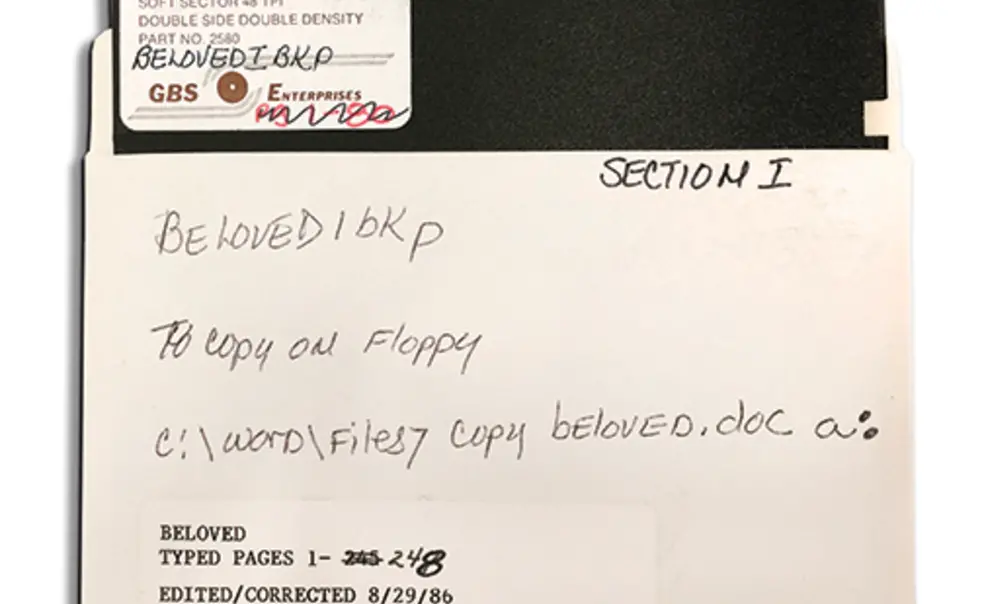
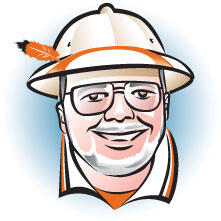
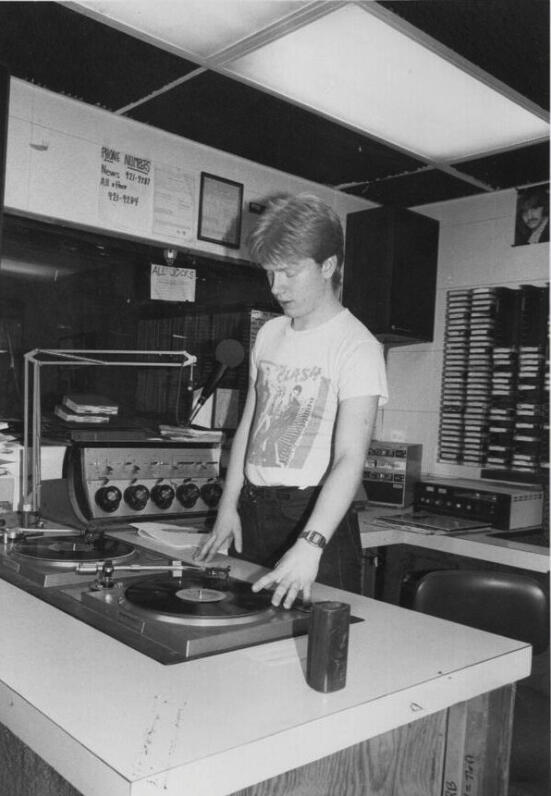
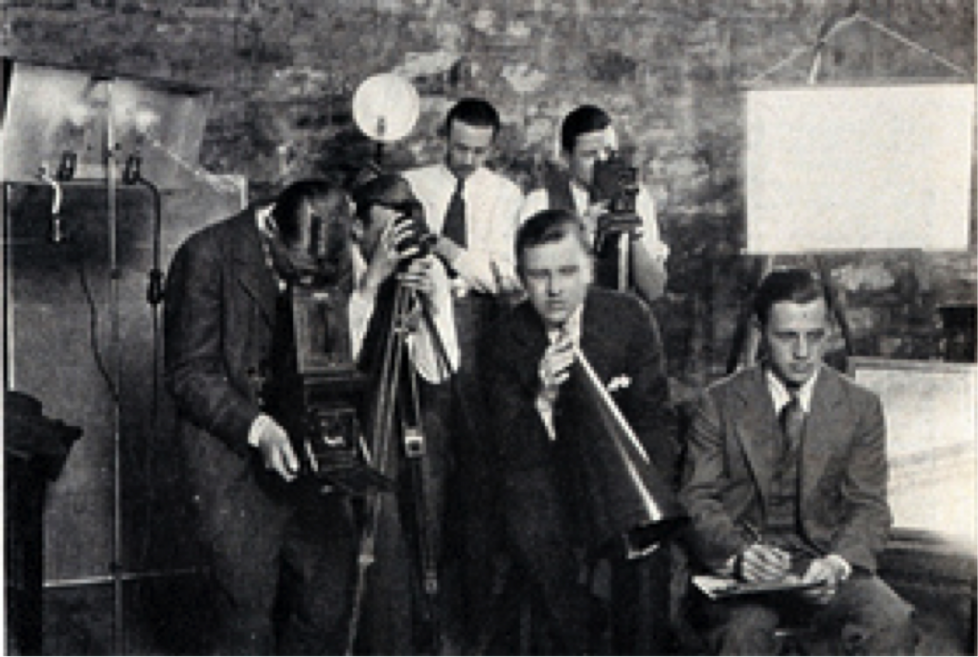
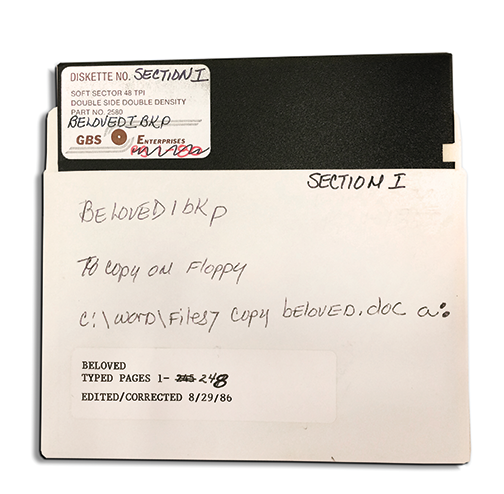









No responses yet